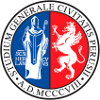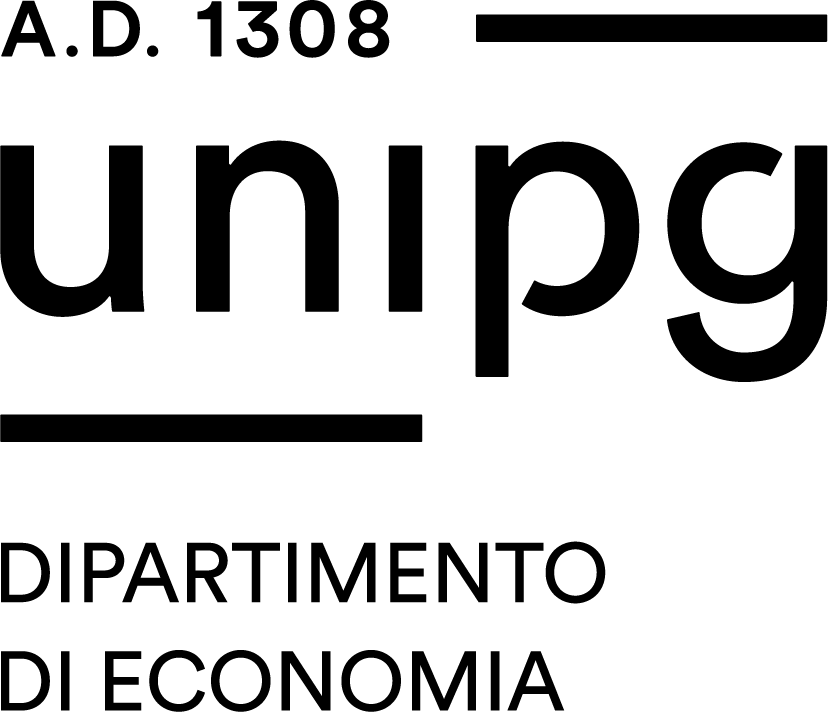Study-unit ELECTROMAGNETIC COMPATIBILITY
| Course name | Electronic engineering for the internet-of-things |
|---|---|
| Study-unit Code | 70921609 |
| Curriculum | Industrial iot |
| Lecturer | Marco Dionigi |
| Lecturers |
|
| Hours |
|
| CFU | 6 |
| Course Regulation | Coorte 2022 |
| Supplied | 2023/24 |
| Supplied other course regulation | |
| Learning activities | Caratterizzante |
| Area | Ingegneria elettronica |
| Sector | ING-INF/02 |
| Type of study-unit | Obbligatorio (Required) |
| Type of learning activities | Attività formativa monodisciplinare |
| Language of instruction | Italian |
| Contents | Basis of industrial and environmental electromagnetic compatibility |
| Reference texts | Clayton R. Paul “Introduction to Electromagnetic compatibility” Wiley H.W. OTT “Electromagnetic compatibilità engineering” Wiley Morgan “ Handbook for EMC testing and measurement” IET |
| Educational objectives | Electromagnetic compatibility in an industrial environment The main instruments of electromagnetic compatibility noise mitigation techniques emission measurement techniques test methods |
| Prerequisites | Course skills of: Circuit theory, Electromagnetic fields, Antennas |
| Teaching methods | lessons and laboratory exercises |
| Other information | |
| Learning verification modality | The exam includes an oral test and the presentation of a technical report produced independently or in a group. The oral test consists of a discussion lasting about 30 minutes aimed at ascertaining the level of knowledge and understanding achieved by the student on the theoretical contents and methods indicated in the program. The oral test will also enable students to verify the student's communication skills with language properties and autonomous organization of the exposition on the same topics or theoretical content. |
| Extended program | 1. Introduction to the course: Review of electromagnetism 2. Transmission lines, Telegraphist equations, Parameters per unit of length, Bifilar lines, coaxial, microstrip 3. Transmission lines, signal integrity, spice models, adaptation techniques 4. Signal integrity, line discontinuity, spice model 5. Spectral envelopes, crosstalk: Multiconductor lines 6. Crosstalk: approximate solution, inductive and capacitive coupling, common mode coupling. 7. Crosstalk spice patterns of coupled lines 8. Crosstalk: Shielded conductors, single and multiple screens, transfer function 9. Crosstalk: Twisted pairs, magnetic and electric coupling, winding effects, balanced power supply. Non-ideal devices: the resistor, the capacitor, the inductance 10. Radiation, dipole, dipole fields, lambda dipole radiation means Antennas, theoretical references, characterization Antennas, gain, radiation diagram, broadband antennas. 11. Electromagnetic regulation 12. Electromagnetic compatibility tools: spectrum analyzer, hand-held meter 13. Radiated emissions, emissions from current systems, emission models for common mode and differential mode currents. 14. Susceptibility, plane wave that invests a two-wire pair, a flat wave on a coaxial cable. FDTD simulation 15. Conducted emissions, lisn, measures, susceptibility conducted 16. Shielding: Shielding efficiency, shielding factors 17. Shields: Effect of materials, far-field shielding, and near field. Shielding of magnetic fields 18. field shielding. near examples and calculations 19. Simulations of shielding structures, slits and openings. 20. Calculation of impedance and propagation constant on transmission lines. Introduction to the characterization of materials. 21. Interaction between electromagnetic fields and biological tissues |


